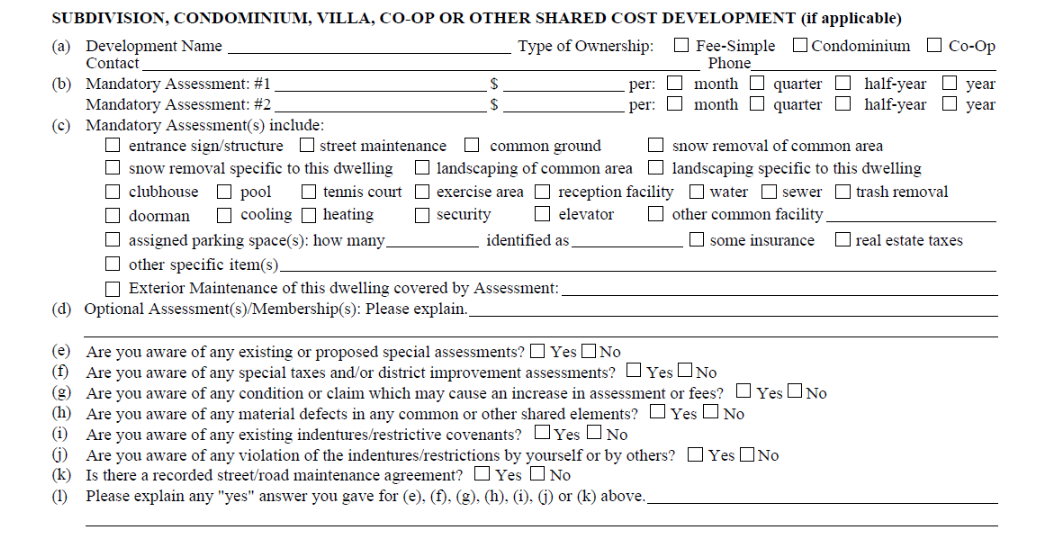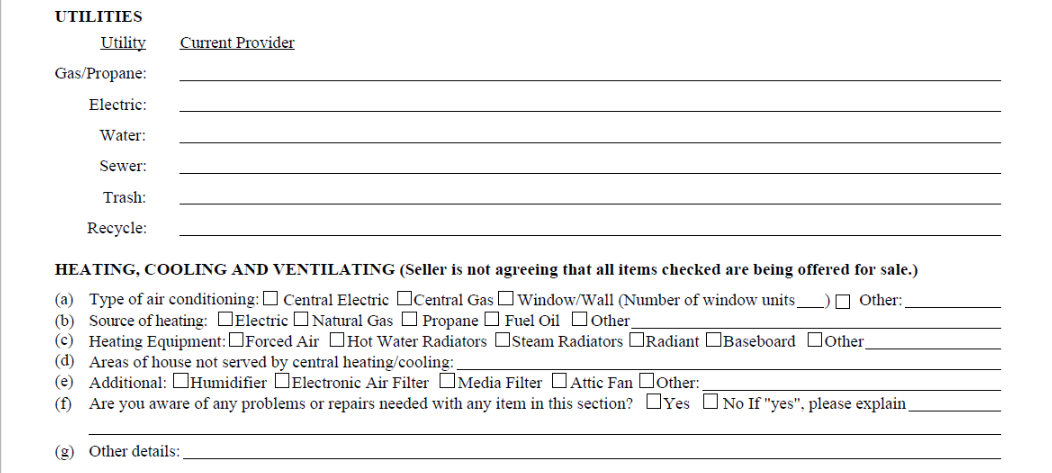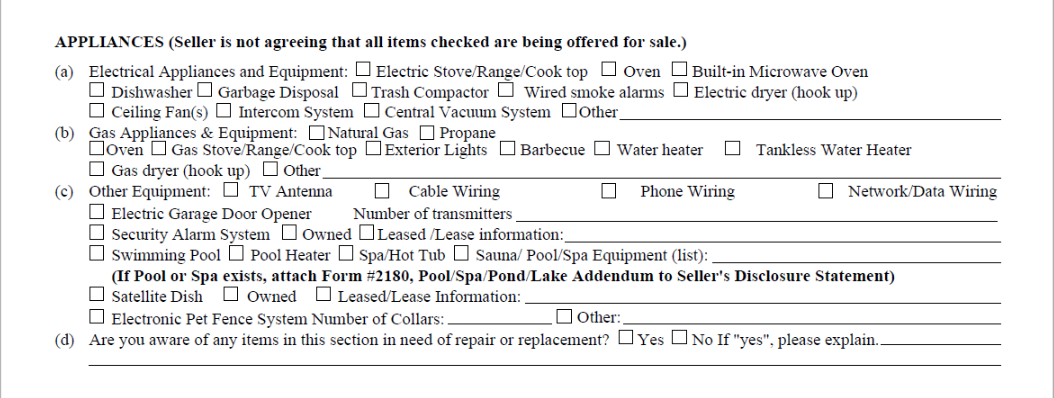The seller disclosure by its nature is a negative form. However, there are many ways to utilize the disclosure to demonstrate the improvements you may have invested in over the years.
We have broken down all 38 sections of the form with a brief audio. It will probably not be necessary that you listen to each audio, however if you have a question in that area, we want to be proactive in giving you insight.
As an example, let’s say your basement leaked 11 years ago, however you have had no further issues. The answer is yes! Disclose it! It is wiser to disclose than to litigate after closing. We will walk you through the typical questions people have when completing this form as if we are dialoguing directly with you.
- What If I Never Lived In The Property?
- What If Something Goes Wrong While I Am On The Market?
- Inspections and Issues to Address on the Disclosure
- Just Because You Disclose It Does Not Mean It Went Away
- Hidden Defects
Often times, a person would have inherited a property yet never lived in it. Or they lived in it 15 years ago as a kid.
If this is the case, and you do not know the answers to the questions, fill out the main address section and on the signature page, write “Owner Has Not Occupied The Property Ever” or “Owner Inherited Property and has not occupied it in X years.”
Agents are used to 95% of sales including a disclosure, so it would be wise to provide it.
Let’s say you disclosed that you have some broken window seals. Just because they have been disclosed does not eliminate them from the building inspection request. At the time of the offer, a typical buyer may not know the cost to replace a window in this condition. If you want that particular issue to be “accepted in its present condition” it needs to be a part of the sale contract, generally in paragraph 21. “The window seal in the master bedroom and the window seal in the upper blue bedroom as broken and sold in their present condition.”
Keep in mind, this is NOT typical. The evening a buyer is making an offer is a very emotional time. Things are occurring very quickly. A window may barely show evidence of a broken seal, other windows may be so “cloudy” you cannot see through it. Thus, the buyer may request you repair or replace those window. The buyer needs to accept that as is portion. The buyer might want further interpretations of the issue.
Seller’s Disclosure Explained
Page 1 of 6

Subdivisions and Home Owner Fees
Page 2 of 6





HVAC
Fireplace
Plumbing
Water
Sewerage
Page 3 of 6




Appliances
Electrical
Roof, Gutters & Downspouts
Construction
Page 4 of 6




Basement and Crawl Space
Pests and Termites
Soil and Drainage
Hazardous Substances
Page 5 of 6




Survey and Zoning
Insurance
Miscellaneous
Page 6 of 6

Additional Comments
Need a disclosure? Download one here.
Disclosure Questions? See the FAQ below.
Do I need to complete the Seller's Disclosure before I am listed on the MLS?
Do I have to fill out a Seller's Disclosure?
Even if you have not lived in the property, you can fill out a Seller’s Disclosure and note that you have not lived in the property.